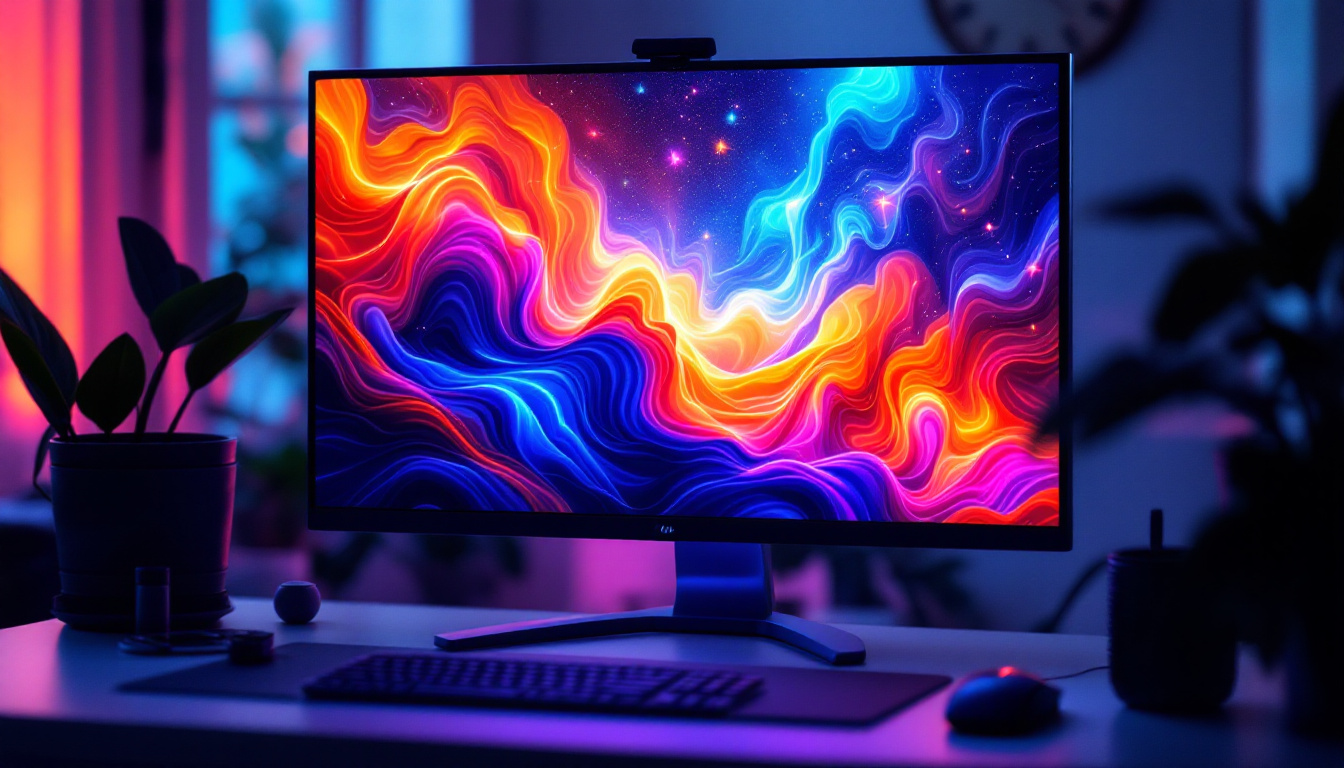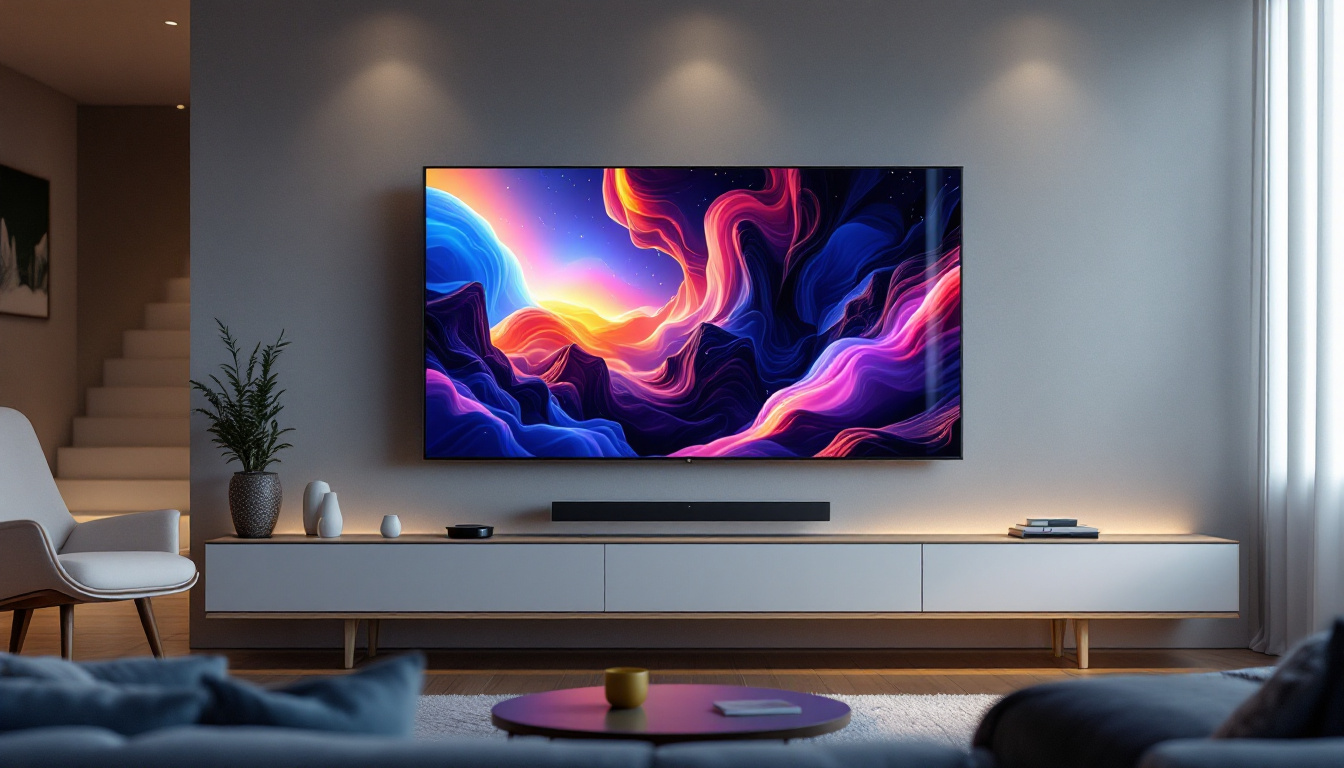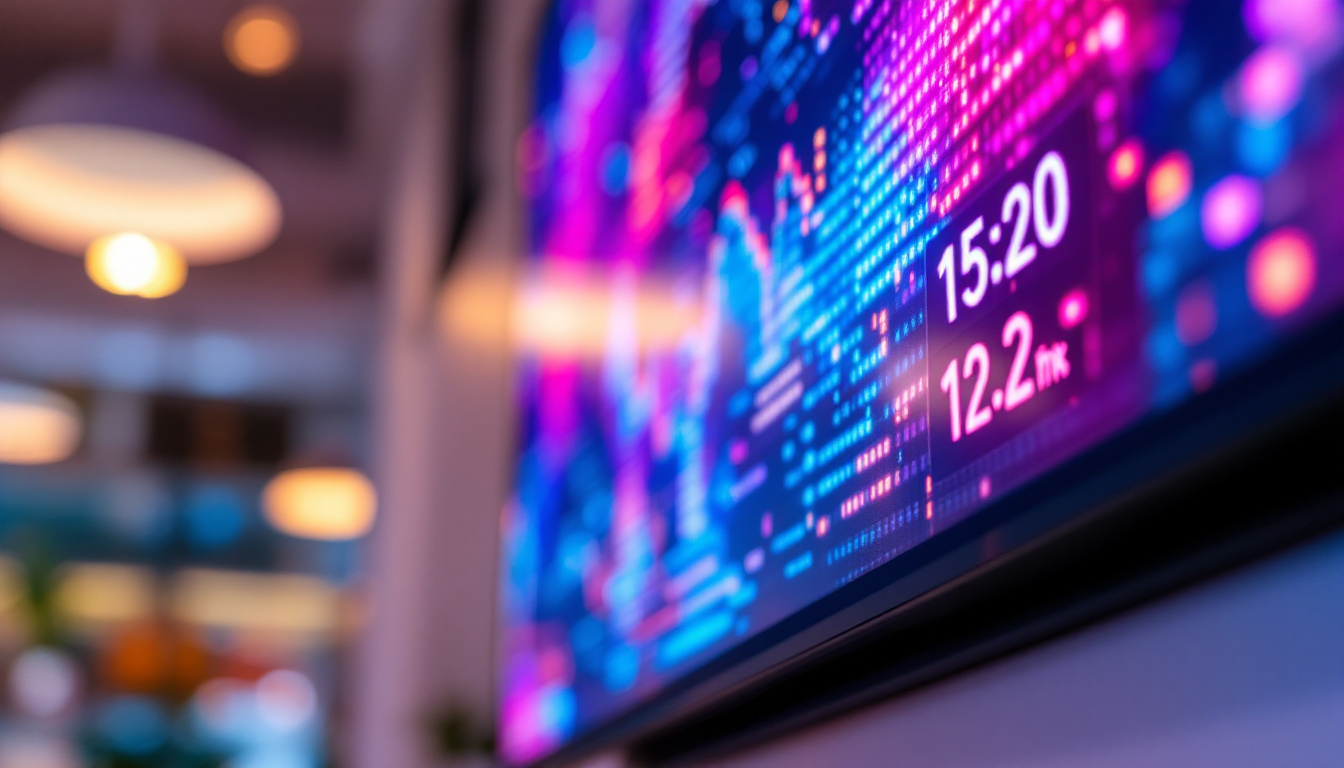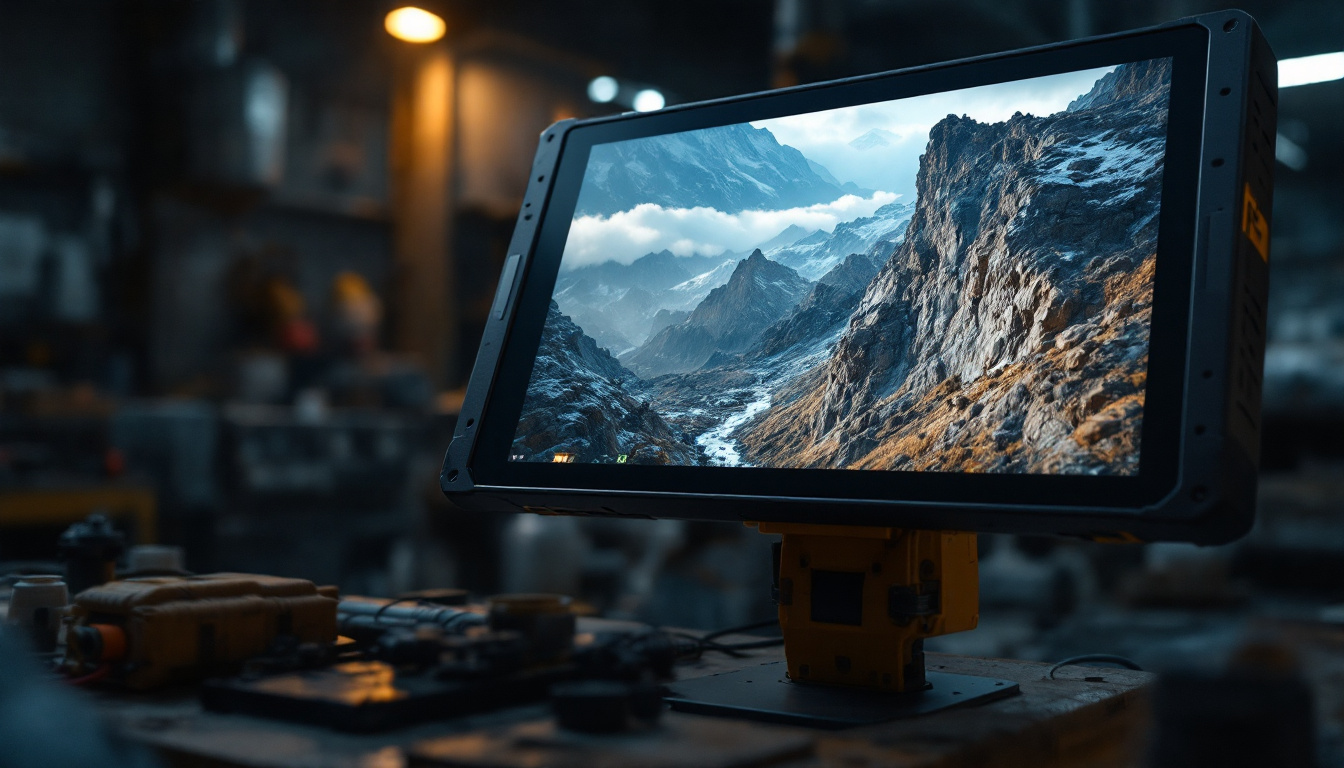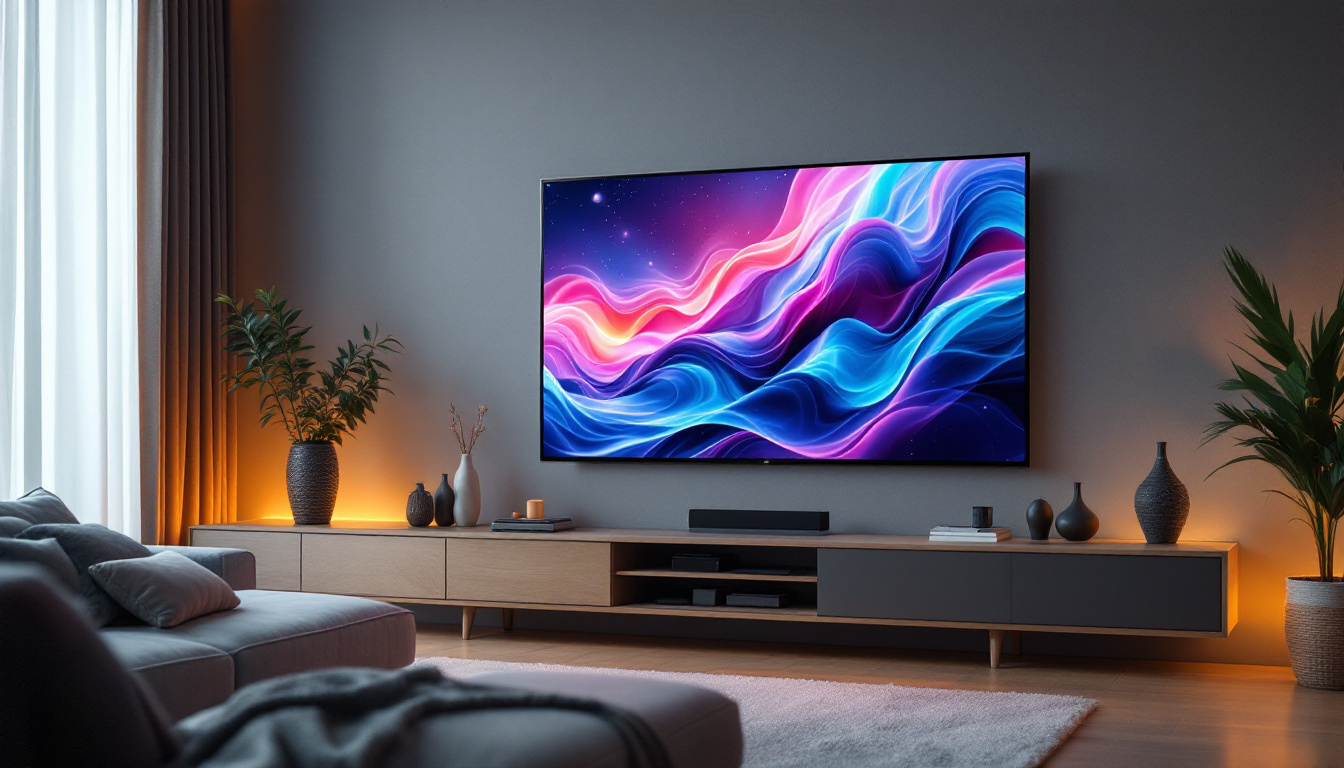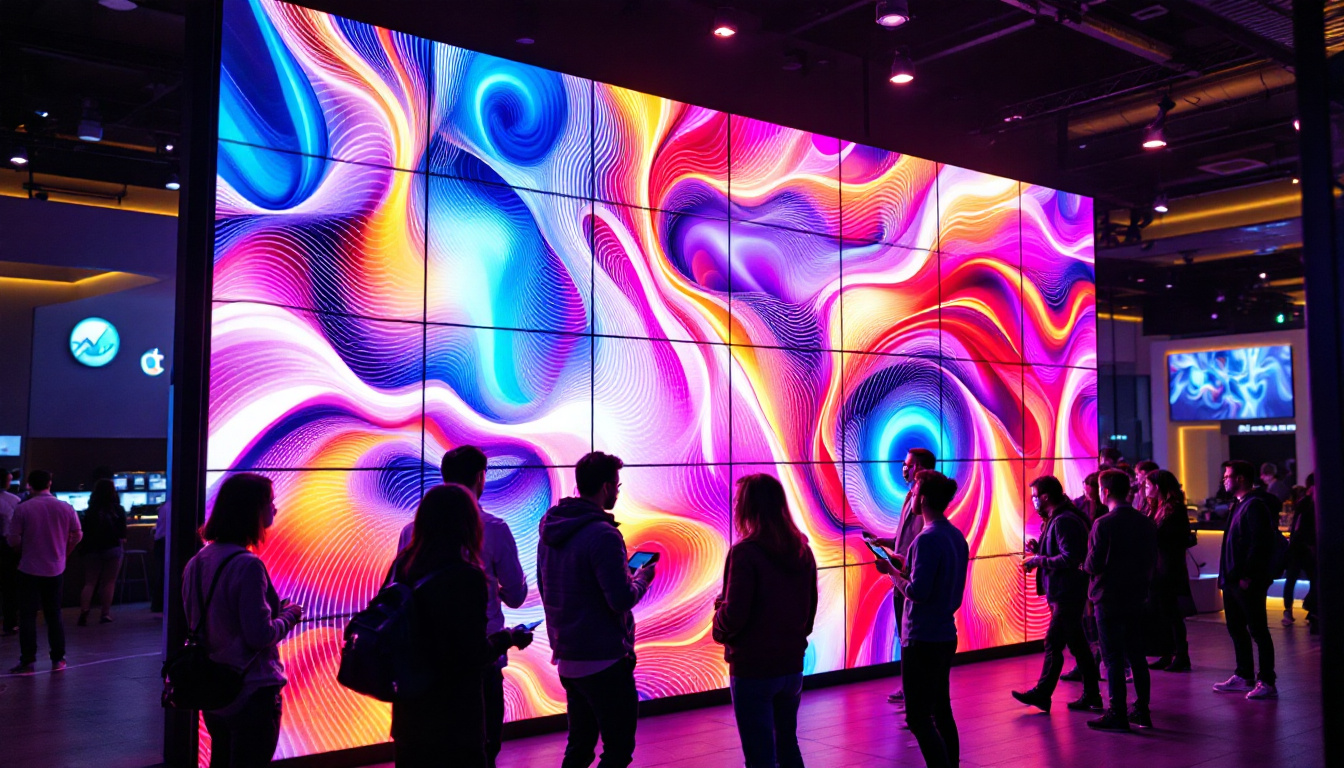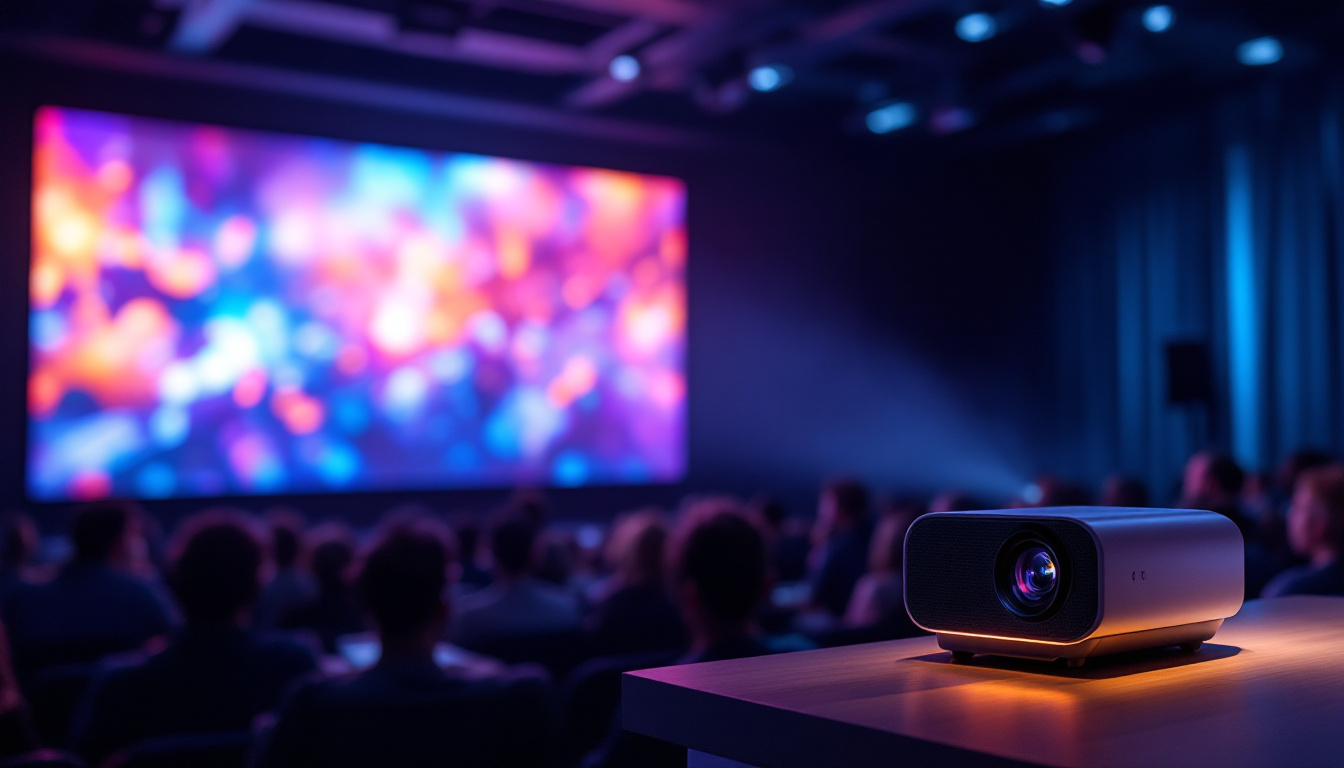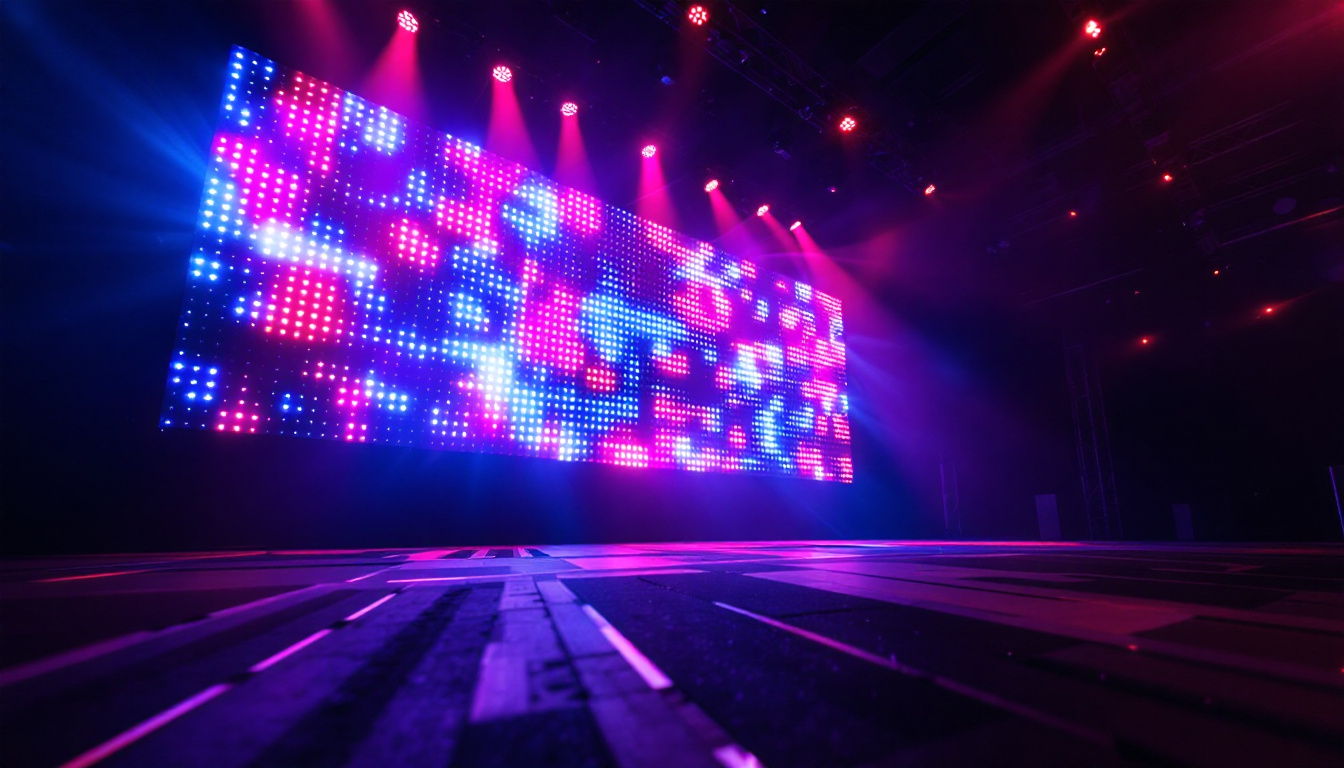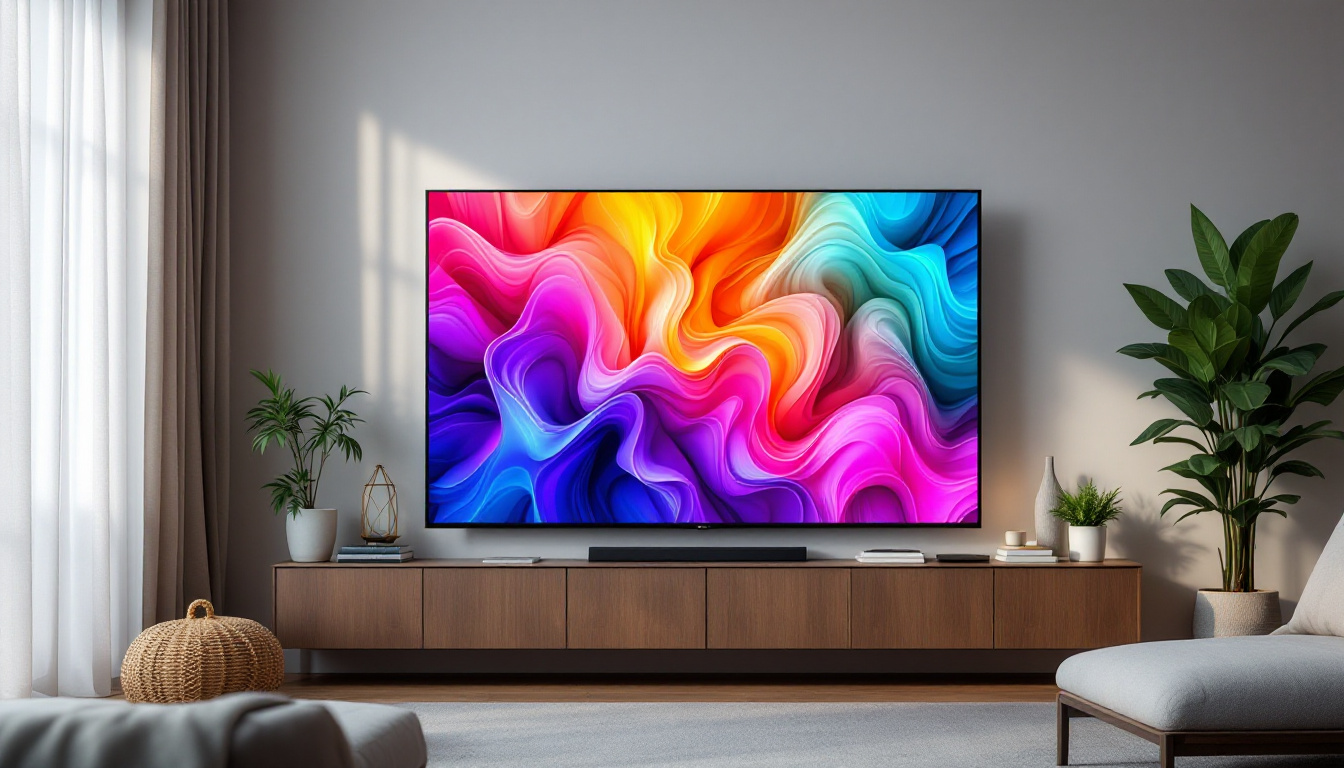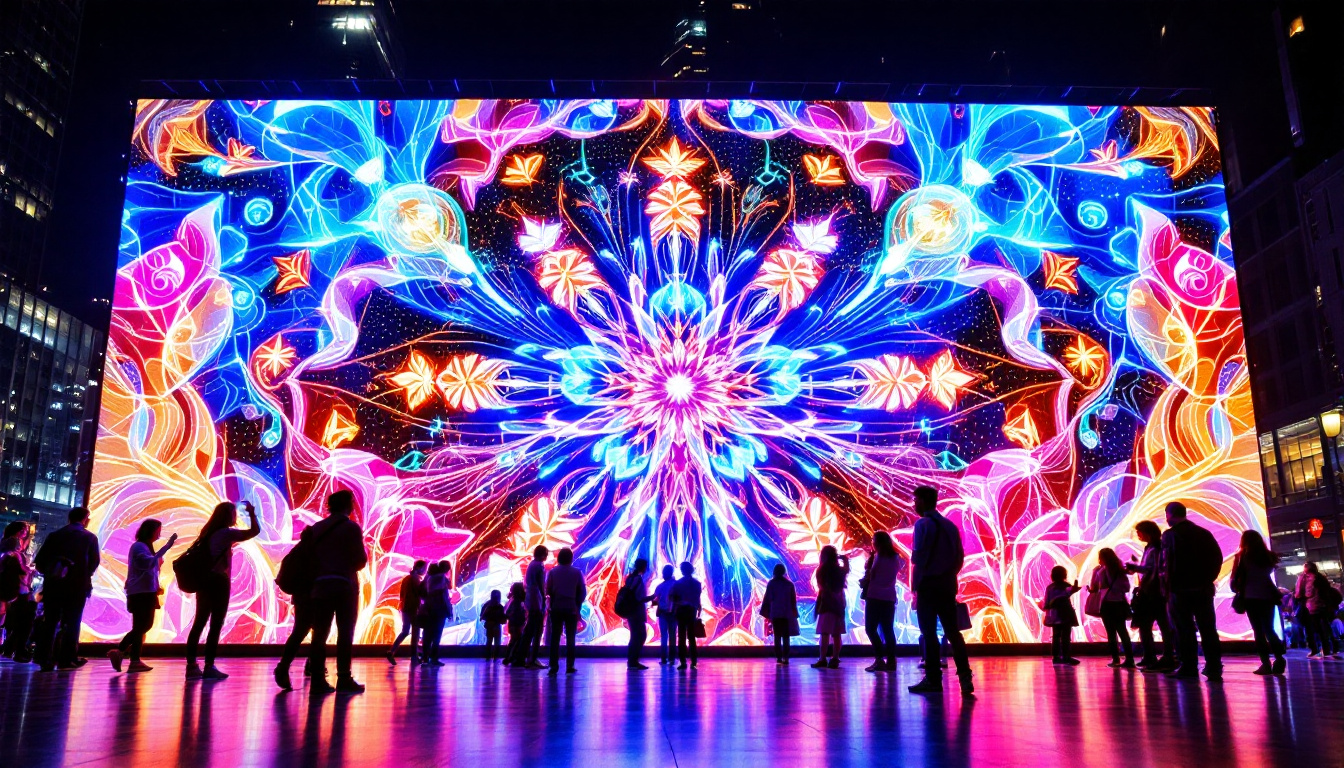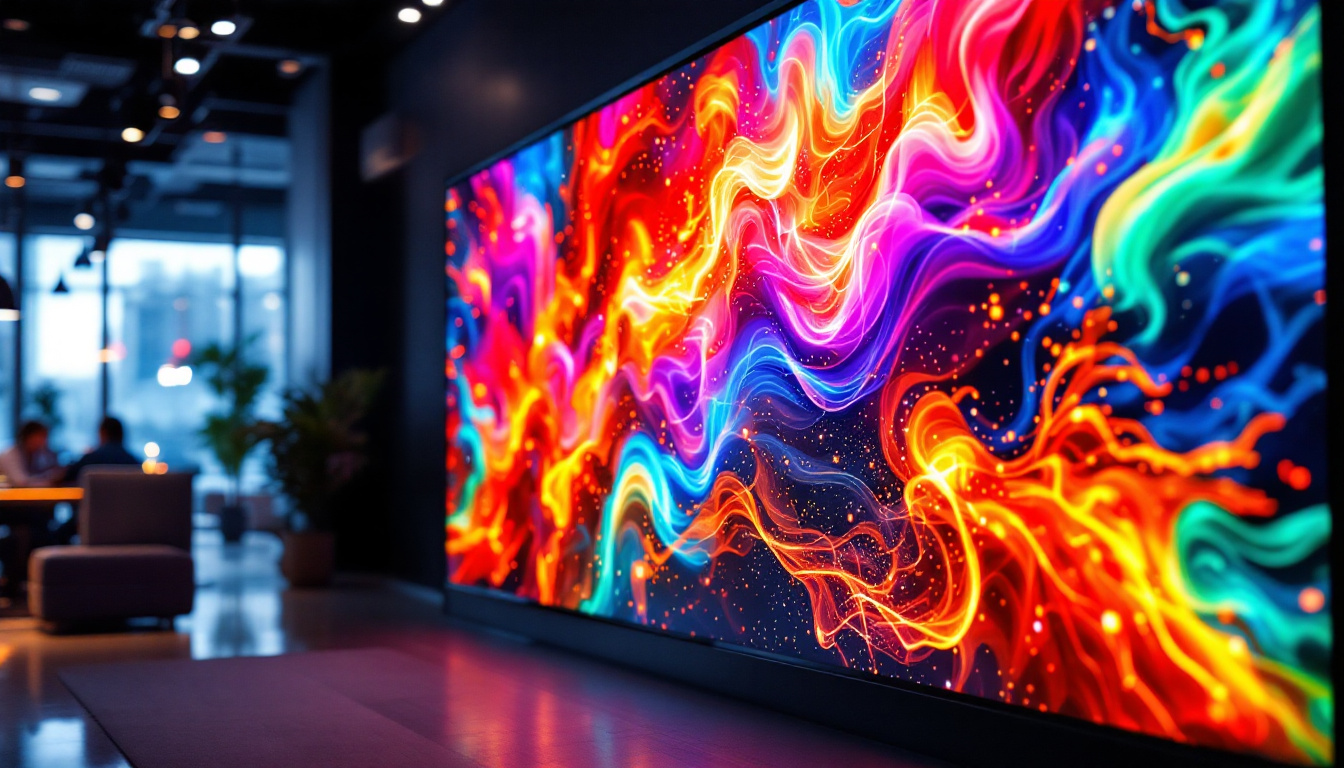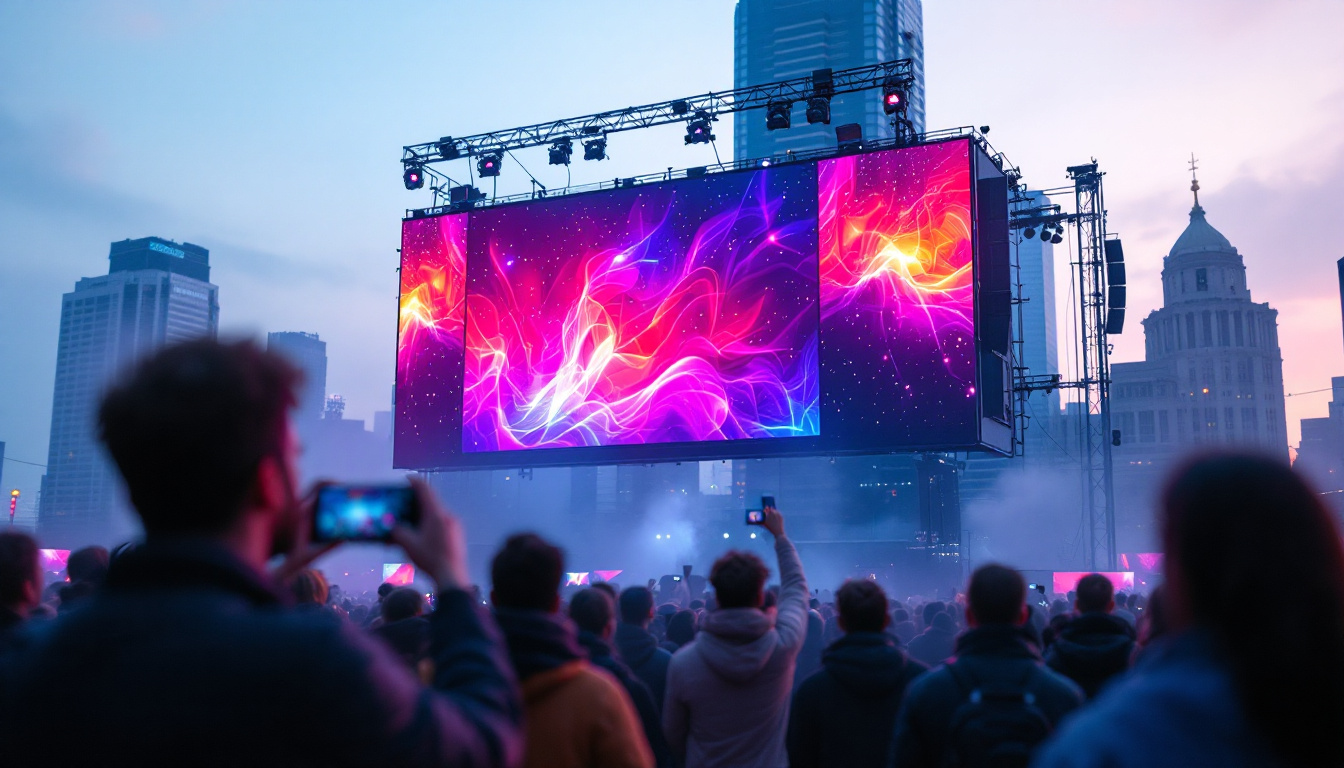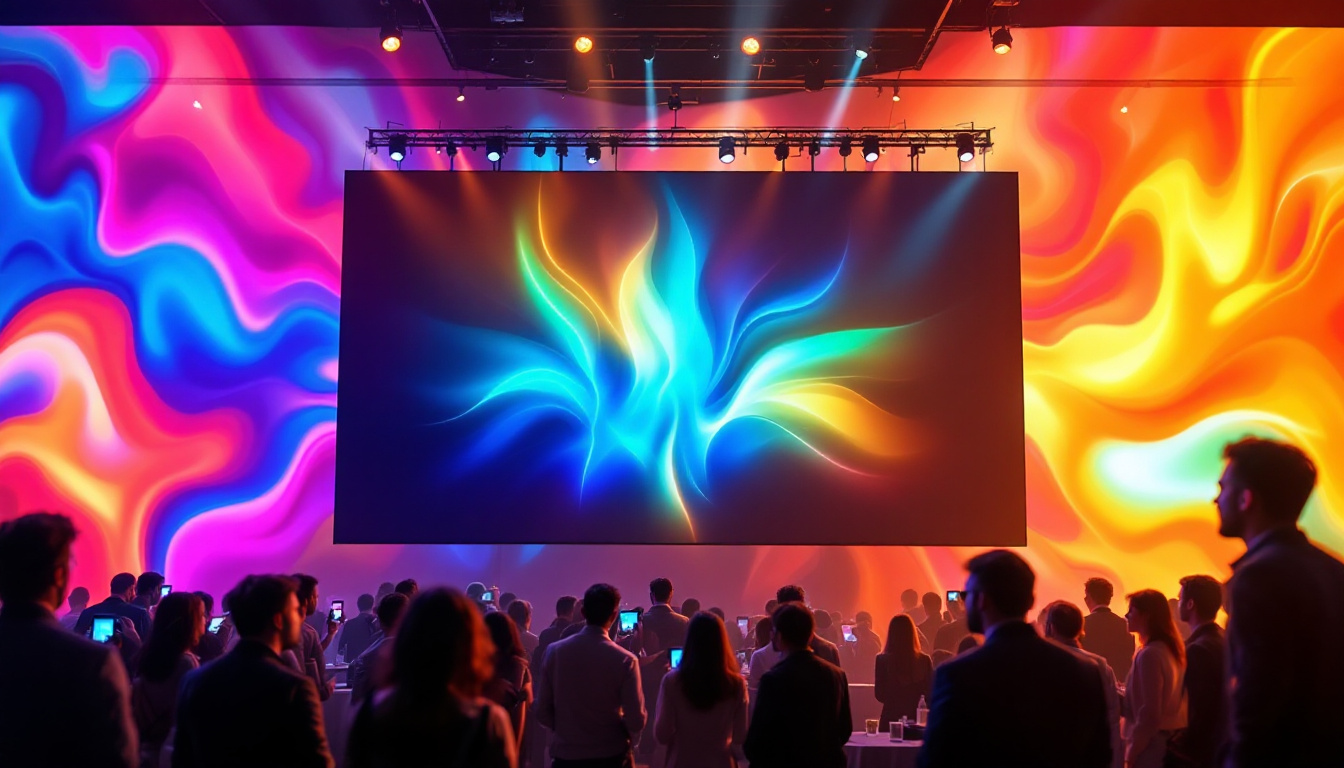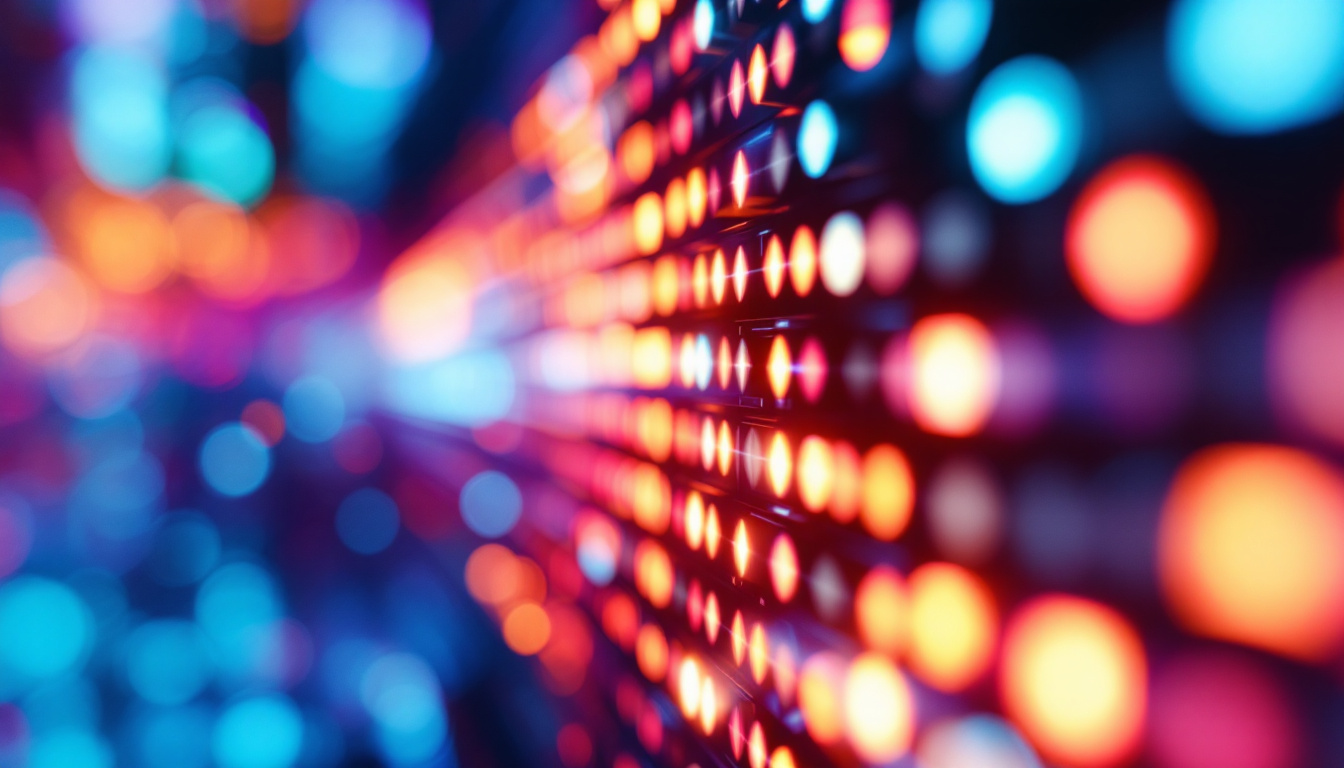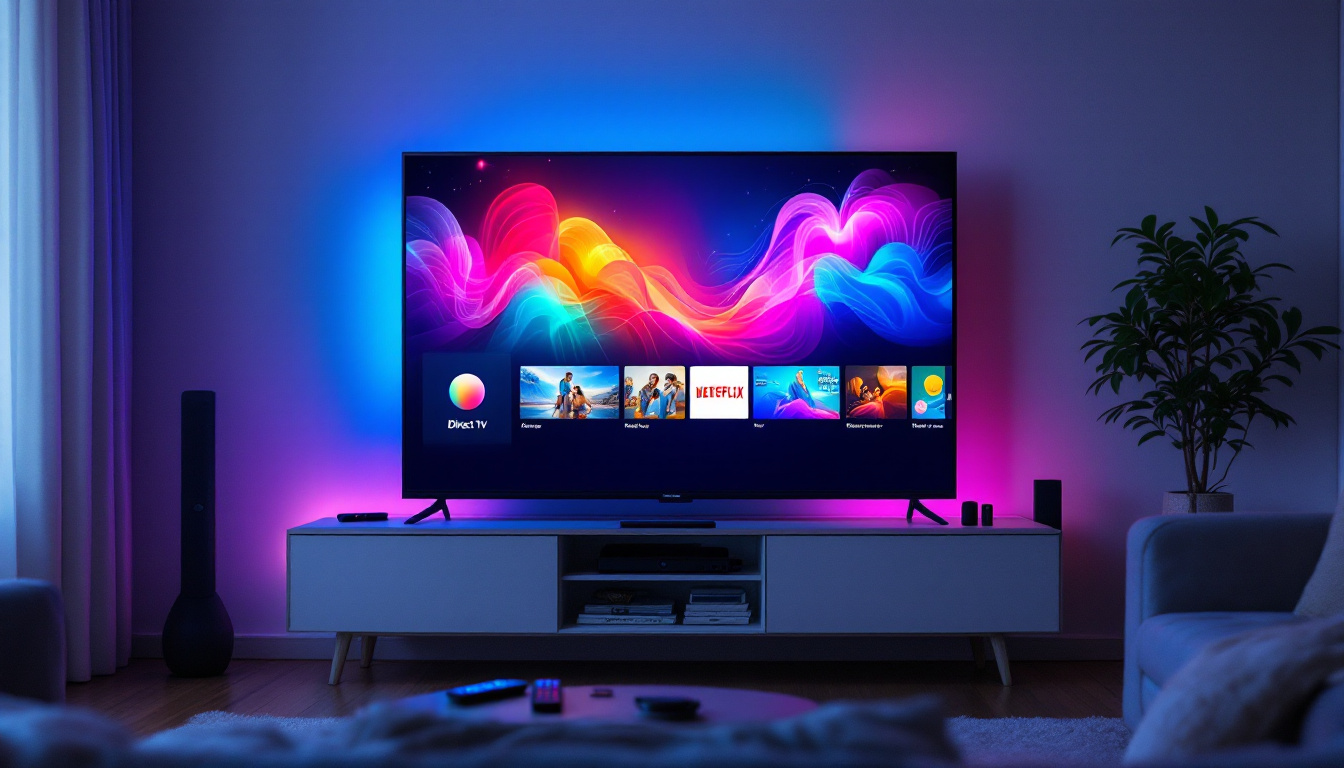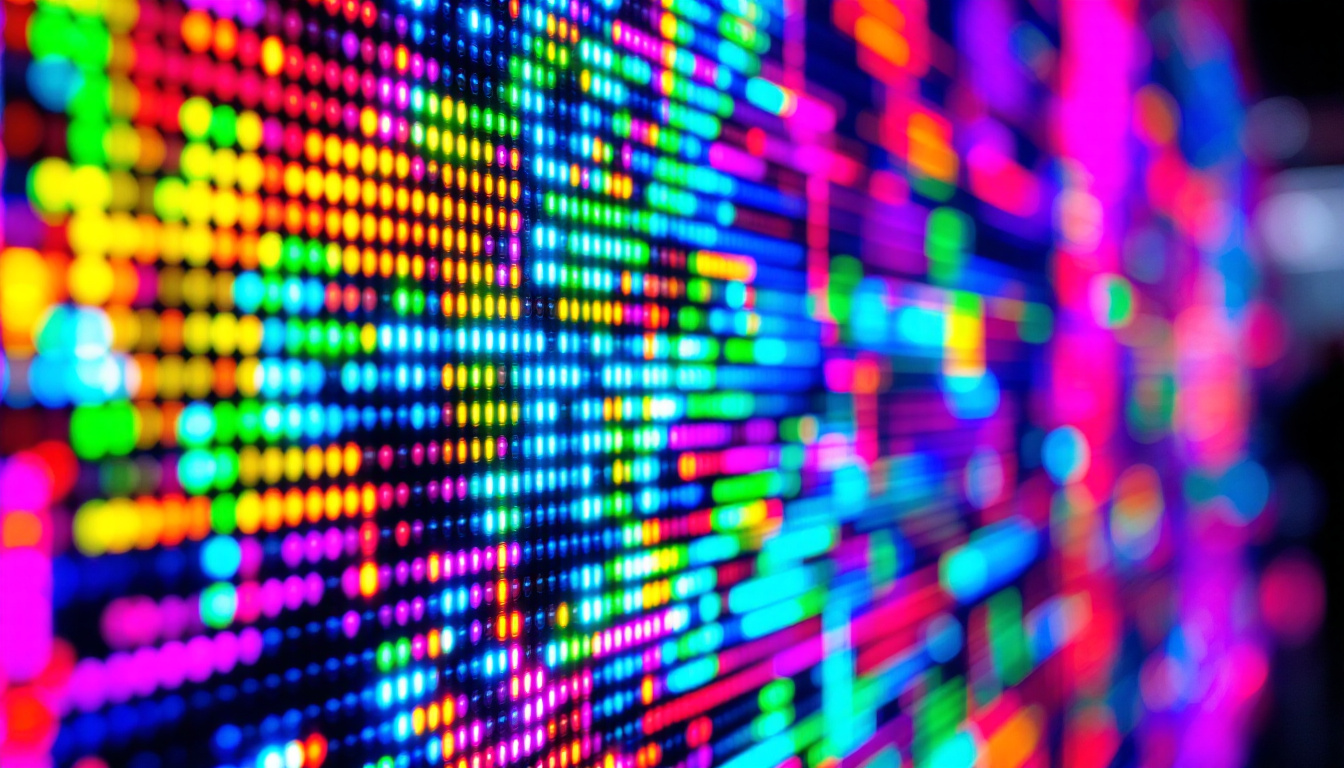Flat Screen Monitor PC: LED Display Explained
In the realm of technology, the evolution of display technology has been nothing short of revolutionary. Among the most significant advancements is the flat screen monitor, particularly those utilizing LED (Light Emitting Diode) technology. This article delves into the intricacies of LED displays, their advantages, and their applications in modern computing.
Understanding LED Technology
LED technology has transformed the way we view content on screens. Unlike traditional cathode ray tube (CRT) monitors, LED displays utilize semiconductor materials that emit light when an electric current passes through them. This fundamental difference leads to a variety of benefits that enhance user experience. The transition from CRT to LED has not only improved the aesthetics of screens, making them sleeker and more lightweight, but it has also significantly reduced energy consumption, making them more environmentally friendly. As a result, consumers are increasingly opting for LED technology in both personal and professional settings.
How LED Displays Work
At the core of LED technology is the concept of backlighting. In most LED monitors, a series of LEDs are used to illuminate the screen from behind. This backlighting can be either edge-lit or direct-lit. Edge-lit displays have LEDs located along the edges of the screen, while direct-lit displays feature an array of LEDs behind the entire screen, allowing for more uniform brightness. The choice between these two types can affect not only the thickness of the display but also the quality of the image produced. Edge-lit displays tend to be thinner and more affordable, while direct-lit models often provide superior performance in terms of brightness and color accuracy.
Moreover, some advanced LED monitors utilize local dimming technology, which allows specific areas of the screen to dim or brighten independently. This results in improved contrast ratios and deeper blacks, enhancing overall image quality. Local dimming is particularly beneficial for watching movies or playing video games, where dark scenes can appear more realistic and immersive. As technology continues to evolve, we are also seeing the introduction of mini-LED and micro-LED technologies, which promise even greater control over lighting and color, further pushing the boundaries of what is possible in display technology.
Types of LED Displays
There are primarily two types of LED displays: RGB LED and white LED. RGB LED displays use red, green, and blue LEDs to create a full spectrum of colors, while white LED displays typically use a blue LED with a yellow phosphor coating to produce white light. Each type has its own set of advantages, catering to different user needs and preferences. For instance, RGB LED displays are often favored in professional settings where color accuracy is paramount, such as graphic design and video editing, while white LED displays are commonly found in everyday consumer electronics due to their cost-effectiveness and efficiency.
Additionally, OLED (Organic Light Emitting Diode) technology is often discussed in conjunction with LED displays. While OLED is not technically an LED display, it operates on similar principles, offering superior color accuracy and contrast by allowing each pixel to emit its own light. This means that OLED displays can achieve true blacks by turning off individual pixels completely, resulting in an astonishing visual experience. However, OLED technology can be more expensive and may face issues like burn-in, which has led many consumers to weigh the pros and cons of each technology before making a purchase. As the market continues to evolve, hybrid technologies that combine the best features of both LED and OLED are also emerging, promising to deliver even more captivating viewing experiences.
Advantages of LED Monitors
LED monitors have gained immense popularity due to their numerous advantages over traditional display technologies. Understanding these benefits can help consumers make informed decisions when selecting a monitor for their computing needs.
Energy Efficiency
One of the most significant advantages of LED monitors is their energy efficiency. Compared to CRT and even some LCD monitors, LED displays consume considerably less power. This not only reduces electricity bills but also contributes to a smaller carbon footprint, making LED monitors an environmentally friendly choice.
Furthermore, many LED monitors feature energy-saving modes that automatically adjust brightness based on ambient lighting conditions, further enhancing their energy efficiency.
Superior Image Quality
LED monitors are renowned for their superior image quality. With higher brightness levels and better contrast ratios, they provide vibrant colors and sharp images. This is particularly beneficial for tasks that require precise color reproduction, such as graphic design and photo editing.
The fast response time of LED displays also minimizes motion blur, making them ideal for gaming and video playback. Users can enjoy a smooth visual experience, even during fast-paced action scenes.
Thin and Lightweight Design
The design of LED monitors is another appealing factor. Their slim profiles and lightweight construction make them easy to mount on walls or fit into tight spaces. This versatility is particularly advantageous for modern workspaces that prioritize aesthetics and functionality.
Additionally, the sleek design of LED monitors often complements contemporary office environments, enhancing the overall visual appeal of the workspace.
Applications of LED Monitors
LED monitors are utilized across various sectors, from personal computing to professional environments. Their versatility makes them suitable for a wide range of applications.
Home Computing
For home users, LED monitors provide an excellent platform for everyday computing tasks, such as browsing the internet, streaming videos, and playing games. The vibrant colors and sharp images enhance the overall viewing experience, making leisure activities more enjoyable.
Moreover, many users appreciate the reduced eye strain associated with LED technology, particularly during long periods of use. This makes LED monitors a popular choice for students and professionals who spend extended hours in front of their screens.
Professional Use
In professional settings, LED monitors are indispensable tools for graphic designers, video editors, and other creative professionals. The accurate color representation and high resolution allow for precise work, ensuring that the final output meets industry standards.
Additionally, LED monitors are often used in collaborative environments, such as conference rooms and classrooms. Their wide viewing angles and high brightness levels ensure that presentations are visible to all attendees, regardless of their position in the room.
Gaming
The gaming industry has also embraced LED technology, with many gamers opting for LED monitors to enhance their gaming experience. The fast response times and high refresh rates of LED displays minimize lag and motion blur, providing a competitive edge in fast-paced games.
Furthermore, many LED monitors come equipped with features such as adaptive sync technology, which synchronizes the display’s refresh rate with the graphics card’s output. This results in smoother gameplay and reduces screen tearing, further enhancing the gaming experience.
Choosing the Right LED Monitor
With a plethora of options available, selecting the right LED monitor can be a daunting task. Several factors should be considered to ensure that the chosen monitor meets specific needs and preferences.
Screen Size and Resolution
The screen size and resolution of a monitor play a crucial role in determining the overall user experience. Larger screens provide more screen real estate, making multitasking easier, while higher resolutions offer sharper images and more detailed visuals.
Common resolutions include Full HD (1920×1080), Quad HD (2560×1440), and 4K (3840×2160). Users should consider their primary use case when selecting a resolution, as higher resolutions require more powerful hardware to run smoothly.
Refresh Rate and Response Time
The refresh rate and response time of a monitor are particularly important for gamers and those who engage in fast-paced activities. A higher refresh rate (measured in Hertz, or Hz) results in smoother motion on the screen, while a lower response time minimizes ghosting and blurring during fast movements.
For most users, a refresh rate of 60Hz is sufficient for everyday tasks, but gamers often prefer monitors with refresh rates of 120Hz or higher for a competitive advantage.
Connectivity Options
Connectivity options are another critical factor to consider. Modern LED monitors typically come equipped with various ports, including HDMI, DisplayPort, and USB-C. Users should ensure that their monitor has compatible ports for their devices to avoid the need for additional adapters.
Additionally, some monitors offer built-in USB hubs, allowing users to connect peripherals directly to the monitor, further enhancing convenience.
Maintenance and Care for LED Monitors
Proper maintenance and care can significantly extend the lifespan of an LED monitor. Following a few simple guidelines can help keep the display in optimal condition.
Cleaning the Screen
Regular cleaning of the monitor screen is essential to maintain clarity and image quality. It is advisable to use a microfiber cloth and a gentle cleaning solution specifically designed for screens. Avoid using abrasive materials or harsh chemicals, as these can damage the screen’s surface.
Cleaning should be done periodically, especially in environments with dust or smoke, which can accumulate on the screen and affect visibility.
Adjusting Settings
Adjusting the monitor’s settings can also enhance performance and reduce eye strain. Most monitors come with preset modes for different activities, such as gaming, reading, or watching movies. Users should experiment with these settings to find the most comfortable configuration for their needs.
Additionally, adjusting brightness and contrast levels based on ambient lighting can further improve the viewing experience and reduce fatigue during extended use.
The Future of LED Monitor Technology
As technology continues to advance, the future of LED monitors looks promising. Innovations in display technology are expected to enhance performance, efficiency, and user experience.
Emerging Technologies
One of the most exciting developments in display technology is the emergence of Mini LED and Micro LED displays. These technologies promise to deliver even greater brightness, contrast, and color accuracy by utilizing smaller LED chips, allowing for more precise control over lighting.
Furthermore, advancements in display resolution, such as 8K displays, are on the horizon. These ultra-high-definition monitors will provide unparalleled detail and clarity, catering to professionals in fields such as film and photography.
Integration with Smart Technology
As smart technology becomes more prevalent, the integration of LED monitors with smart features is expected to grow. This could include built-in voice assistants, smart connectivity options, and enhanced interactivity, making monitors not just displays but central hubs for home and office environments.
Conclusion
LED monitors have revolutionized the way users interact with technology, offering superior image quality, energy efficiency, and sleek designs. With a wide range of applications and a multitude of options available, there is an LED monitor to suit every need.
As technology continues to evolve, LED displays will undoubtedly play a critical role in shaping the future of visual experiences. Understanding the intricacies of LED technology empowers consumers to make informed decisions, ensuring they select the right monitor for their specific requirements.
In a world increasingly reliant on digital displays, investing in a quality LED monitor is not just a choice; it is a step towards embracing the future of technology.
Discover the Future of Visual Displays with LumenMatrix
Ready to elevate your visual experience with the latest in LED display technology? Look no further than LumenMatrix, a pioneer in crafting immersive and dynamic LED display modules. From vibrant Indoor LED Walls to captivating Outdoor LED Displays, and from versatile Vehicle LED Displays to innovative Custom LED Solutions, LumenMatrix offers a comprehensive range of products designed to transform your space and engage your audience. Embrace the future of digital signage and make a lasting impression with LumenMatrix’s cutting-edge solutions. Check out LumenMatrix LED Display Solutions today and see how they can revolutionize your visual communication.

